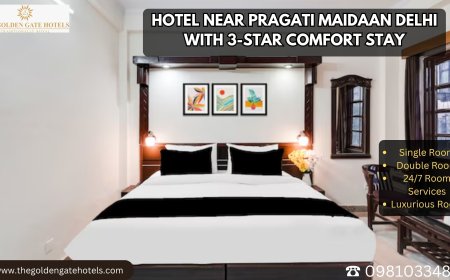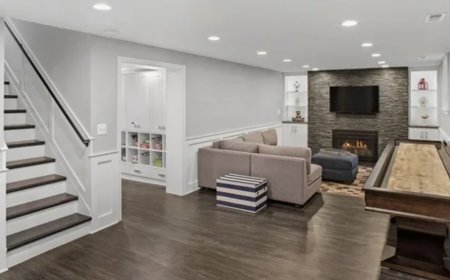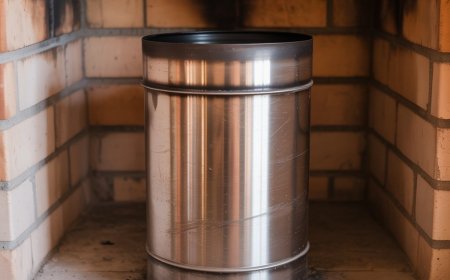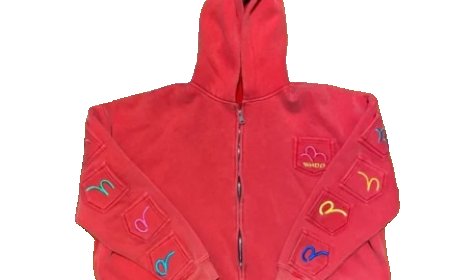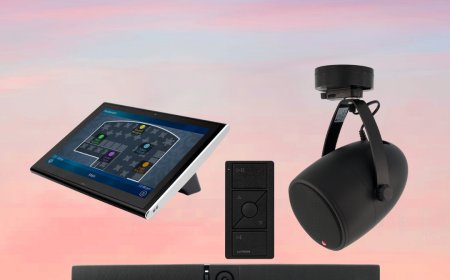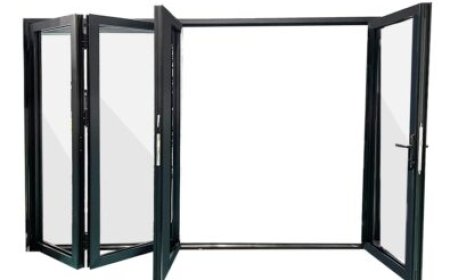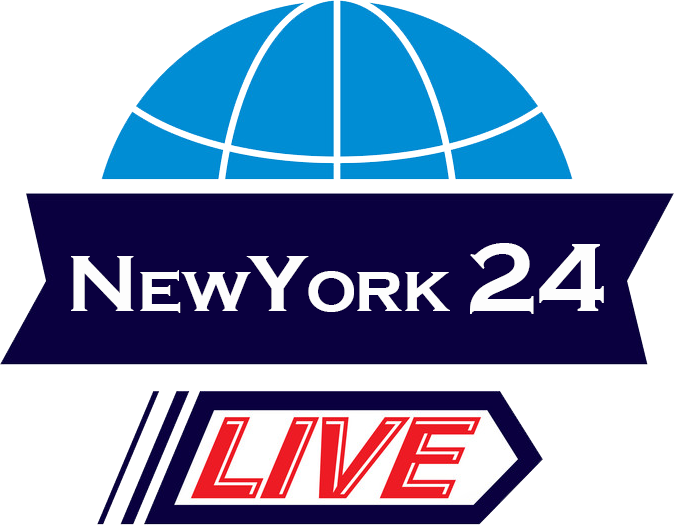Choosing the Right Conference Room Table for Modern Workspaces
In todays business environment, where hybrid work models and in-person collaboration coexist, the conference room remains a central element of any office space. At the heart of that room lies a critical piece of furniture: the conference room table. This piece is more than just a surface to hold laptops, coffee cups, and notepads; it is a symbol of collaboration, professionalism, and productivity. Whether youre outfitting a new office or upgrading your existing workspace, choosing the right conference room table is vital to shaping the dynamics of your meetings, influencing client impressions, and enhancing team interaction.
From design aesthetics to size considerations and technological compatibility, many factors play a role in selecting the ideal conference room table. Businesses must strike a balance between style and function, all while keeping in mind their room size, number of users, and how meetings typically unfold. This thoughtful approach ensures the table doesnt just fill a room but defines it. Lets explore what makes a conference room table truly effective and how you can find the perfect one for your organizations needs.
Size and Shape Matter in Every Workspace
One of the first considerations when choosing a conference room table is its size and shape. These aspects directly impact how people move around the room, how many individuals can sit comfortably, and the overall ambiance. Rectangular tables are the most traditional option, ideal for long, narrow rooms and providing clear sightlines for presentations. However, if your room is more square-shaped, a round or boat-shaped table can create a more intimate and collaborative atmosphere.
The size of your conference room table must align with your available floor space and the number of people typically attending meetings. A general rule of thumb is to allow at least 30 to 36 inches of space per person. For example, a 10-foot table can usually accommodate 810 people comfortably. Keep in mind, this also means accounting for extra space around the table for chairs and walking paths, especially if your meetings involve presentation screens or whiteboards.
Materials That Match Functionality and Aesthetics
Material plays a crucial role in both the durability and visual appeal of your conference room table. Traditional wood tables, such as mahogany or oak, convey sophistication and are ideal for law firms, corporate boardrooms, or any setting that values a formal aesthetic. On the other hand, glass and metal tables lend themselves well to creative industries, tech startups, or minimalist office designs.
Laminate tables offer a versatile, budget-friendly solution with the added benefit of being resistant to scratches and stains. They come in various finishes and colors, making them adaptable to modern interiors. Whether you prefer a sleek black glass surface or a warm walnut wood finish, ensure the material reflects your brands personality and culture while offering functionality for day-to-day use.
Integration with Technology is Non-Negotiable
In the digital era, meetings are not just about face-to-face conversations. They involve laptops, projectors, video calls, and other multimedia tools. This makes tech integration one of the essential features of a modern conference room table. Built-in power outlets, USB ports, HDMI access, and cable management systems have become standard requirements. A clutter-free surface with smart access points enables smoother meetings and reduces downtime.
When planning your table design or purchase, consider how frequently you hold virtual meetings. A table with integrated microphones, camera stands, and AV support can transform your traditional meeting room into a high-functioning conference hub. In addition, wireless charging pads and Bluetooth speakers are convenient upgrades for teams working in fast-paced, tech-driven environments.
Ergonomics and Comfort Should Not Be Overlooked
People often spend hours around a conference room table, and that experience should be as comfortable as it is productive. Chairs that match the tables height, offer back support, and provide enough space for leg movement are essential. Some tables now feature adjustable heights or modular segments that can be reconfigured based on the meeting typebe it a brainstorming session, formal review, or training workshop.
A poorly designed table can result in discomfort, reduced engagement, and even physical strain. Ensuring the seating is spacious and that there is enough room between table legs and supports is important. Equally, providing elbow room and the ability to move around easily contributes to a better overall environment.
Style That Reflects Your Brand Identity
Your conference room table speaks volumes about your brand. Clients, partners, and employees will form impressions based on the furniture choices within your meeting spaces. A minimalist white table with clean lines may reflect innovation and modernity, while a vintage wood table suggests tradition and legacy. Depending on your industry and culture, this subtle messaging can reinforce your business values.
Make sure your table design aligns with the rest of your interior elements like lighting, wall color, flooring, and artwork. If your office has an open-plan or glass-walled conference room, the table becomes even more visually prominent. In such cases, investing in a stylish yet professional table enhances your workplace image and boosts overall aesthetics.
Flexibility and Future-Proofing Your Conference Room
As businesses evolve, so do their office needs. Thats why many organizations now look for flexible and modular conference room table solutions. Modular tables allow users to rearrange the setup according to the type of meeting being conductedwhether thats a roundtable discussion, a training workshop, or a team huddle.
With an increasing focus on sustainability and adaptability, some tables are built using eco-friendly materials or offer upgrade options such as swappable tops and expandable legs. Investing in such tables ensures you wont need a complete overhaul when your team grows or your tech requirements shift. This level of foresight is crucial for businesses looking to stay agile and efficient.
Conclusion: The Conference Table as a Strategic Investment
In the modern workplace, the conference room table is no longer just a large surface for people to gather aroundits a central tool for productivity, communication, and innovation. From material choice and ergonomic comfort to tech integration and style, each detail of your table influences how effectively your meetings run and how your brand is perceived.
The right table can encourage more dynamic discussions, impress clients, and elevate your professional image. Its an investment that goes beyond function and into the heart of workplace culture. When making this decision, consider your team's needs, your company values, and your plans for future growth. With the right planning and insight, your conference room can become one of the most powerful spaces in your office.
For a complete range of stylish, ergonomic, and technologically advanced tables tailored to your workspace needs, trust the expertise and quality offered by office furniture.





